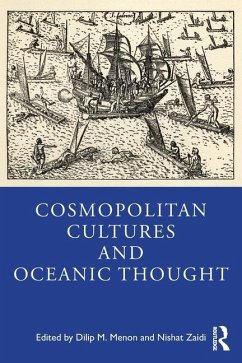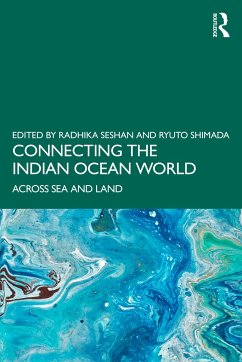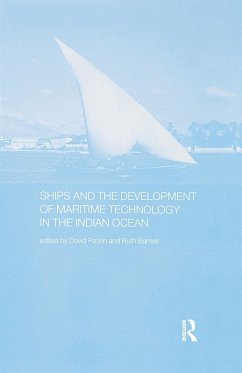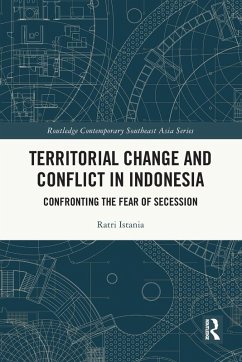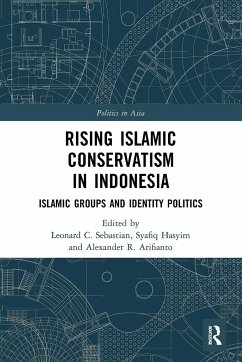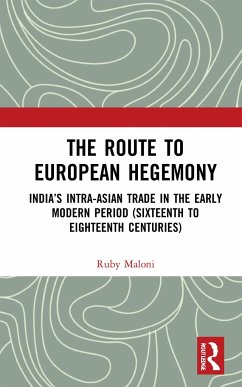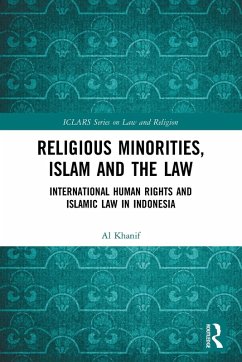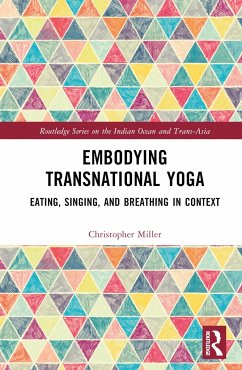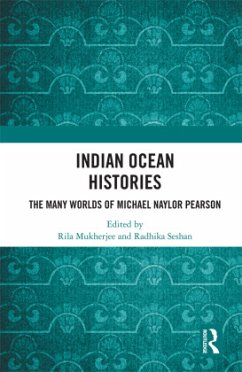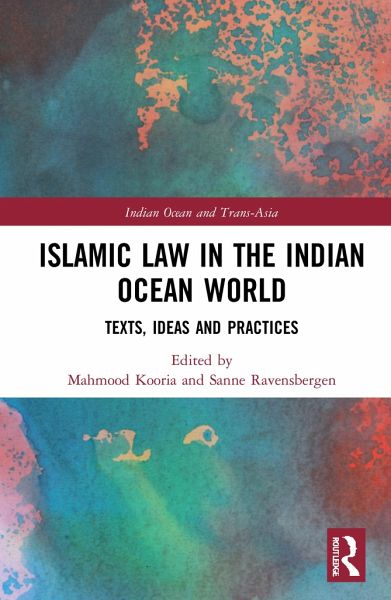
Islamic Law in the Indian Ocean World
Texts, Ideas and Practices
Herausgegeben: Kooria, Mahmood; Ravensbergen, Sanne
Versandkostenfrei!
Versandfertig in 6-10 Tagen
45,99 €
inkl. MwSt.

PAYBACK Punkte
23 °P sammeln!
This book explores the ways in which Muslim communities across the Indian Ocean world produced and shaped Islamic law and its texts, ideas and practices in their local, regional, imperial, national and transregional contexts.With a focus on the production and transmission of Islamic law in the Indian Ocean, the chapters in this book draw from and add to recent discourses on the legal histories and anthropologies of the Indian Ocean rim as well as to the conversations on global Islamic circulations. By doing so, this book argues for the importance of Islamic legal thoughts and practices of the ...
This book explores the ways in which Muslim communities across the Indian Ocean world produced and shaped Islamic law and its texts, ideas and practices in their local, regional, imperial, national and transregional contexts.
With a focus on the production and transmission of Islamic law in the Indian Ocean, the chapters in this book draw from and add to recent discourses on the legal histories and anthropologies of the Indian Ocean rim as well as to the conversations on global Islamic circulations. By doing so, this book argues for the importance of Islamic legal thoughts and practices of the so-called "peripheries" to the core and kernel of Islamic traditions and the urgency of addressing their long-existing role in the making of the historical and human experience of the religion. Islamic law was and is not merely brought to, but also produced in the Indian Ocean world through constant and critical engagements. The book takes a long-term and transregional perspective for a better understanding of the ways in which the oceanic Muslims have historically developed their religious, juridical and intellectual traditions and continue to shape their lives within the frameworks of their religion.
Transregional and transdisciplinary in its approach, this book will be of interest to scholars of Islamic Studies, Indian Ocean Studies, Legal History and Legal Anthropology, Area Studies of South and Southeast Asia and East Africa.
With a focus on the production and transmission of Islamic law in the Indian Ocean, the chapters in this book draw from and add to recent discourses on the legal histories and anthropologies of the Indian Ocean rim as well as to the conversations on global Islamic circulations. By doing so, this book argues for the importance of Islamic legal thoughts and practices of the so-called "peripheries" to the core and kernel of Islamic traditions and the urgency of addressing their long-existing role in the making of the historical and human experience of the religion. Islamic law was and is not merely brought to, but also produced in the Indian Ocean world through constant and critical engagements. The book takes a long-term and transregional perspective for a better understanding of the ways in which the oceanic Muslims have historically developed their religious, juridical and intellectual traditions and continue to shape their lives within the frameworks of their religion.
Transregional and transdisciplinary in its approach, this book will be of interest to scholars of Islamic Studies, Indian Ocean Studies, Legal History and Legal Anthropology, Area Studies of South and Southeast Asia and East Africa.





